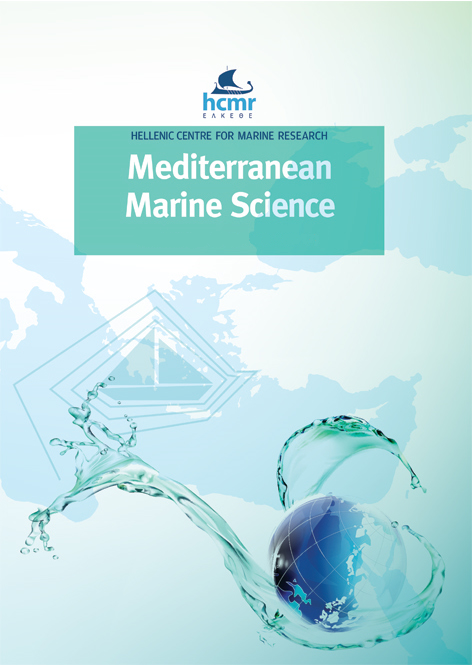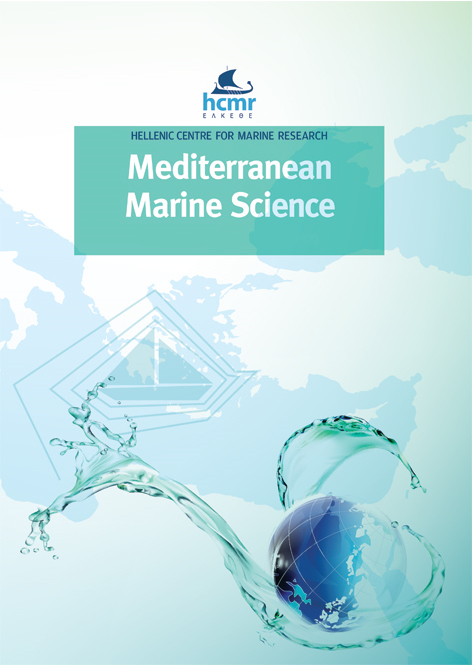First description of a new worm bait fishery in the NW Mediterranean Sea
Résumé
Most commercial clam stocks in the NW Mediterranean Sea have collapsed over the last few decades and, as a result, most clam dredge fishermen have been forced to leave the fishing sector. Recently, in order to sustain their economic activity, some fishermen have modified dredges to target sea worms to sell as bait for recreational fisheries. This study provides the first information about this new worm bait fishery on the Catalan Maresme coast (NE Spain). The local administration has regulated only a few aspects of the fishery: users (2 boats), geographical limits (40 km; between 0-7 m depth), fishing time (6:00-14:00) and dredge design (the same as those used for smooth clams but with interior structures to retain worms and an open back). Fishing activity takes place throughout the year. Fishermen target three worm bait species: Sigalion squamosus, Ophelia neglecta and Halla parthenopeia. A mean of 233.37 individuals of S. squamosus, 167.93 of O. neglecta and 2.17 of H. parthenopeia are gathered per boat and day. Worm baits are sold directly to local recreational fishing shops as a quality product at the highest prices on the market. This fishery has a high social and economic value for the Maresme coast, helping to maintain small-scale fishermen jobs with an economic benefit similar to clam fishing.
Article Details
- Comment citer
-
BAETA, M., NAVARRETE, A., & BALLESTEROS, M. (2019). First description of a new worm bait fishery in the NW Mediterranean Sea. Mediterranean Marine Science, 20(2), 302–308. https://doi.org/10.12681/mms.19959
- Numéro
- Vol. 20 No 2 (2019)
- Rubrique
- Short Communication
Authors who publish with this journal agree to the following terms:
- Authors retain copyright and grant the journal right of first publication with the work simultaneously licensed under a Creative Commons Attribution Non-Commercial License that allows others to share the work with an acknowledgement of the work's authorship and initial publication in this journal.
- Authors are able to enter into separate, additional contractual arrangements for the non-exclusive distribution of the journal's published version of the work (e.g. post it to an institutional repository or publish it in a book), with an acknowledgement of its initial publication in this journal.
- Authors are permitted and encouraged to post their work online (preferably in institutional repositories or on their website) prior to and during the submission process, as it can lead to productive exchanges, as well as earlier and greater citation of published work (See The Effect of Open Access).







